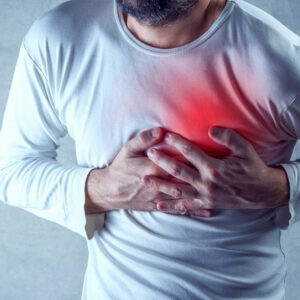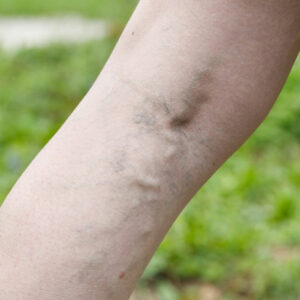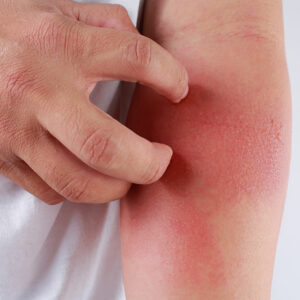
01
Remedies for an Overactive Bladder
An overactive bladder can make you feel the urge to relieve yourself several times in a day. It can also lead to incontinence and leakage. An overactive bladder could be a warning sign of an underlying medical condition. Luckily, there are some ways in which you can get things back in control. Overactive Bladder (OAB) If you have an overactive bladder disorder, you may feel the need to urinate about eight or more times every day. It is not just a medical condition, but it can also affect your work and social life. You might even begin to avoid social gatherings as well as your friends to save yourself from embarrassing situations. However, there are some ways to train your bladder and get it back under control. You can also try some traditional remedies for an overactive bladder. What causes overactive bladder? Medical conditions: Sometimes, diseases like diabetes, Parkinson’s disease, kidney failure, among others can cause OAB. Age: As you age, your muscles start to weaken. Older people, especially those above the age of 60, are more likely to have OAB. Menopause: Women going through menopause experience several changes in their body. Sometimes, they also face the problem of incontinence. The drop in estrogen levels is believed to be one of the causes of this condition. Pelvic muscle weakness: When your pelvic floor muscles are damaged or weakened, it can distort the bladder and can result in OAB. UTI: Urinary tract infections can also cause OAB. Sometimes, OAB can occur without any identifiable causes. Symptoms Urge to urinate several times a day, both during the day and night Incontinence Urine leakage OAB and your lifestyle Those who suffer from an overactive bladder and incontinence may feel its effects in many aspects of their lives. They may be embarrassed by the frequent trips to the restroom.
Read More 










